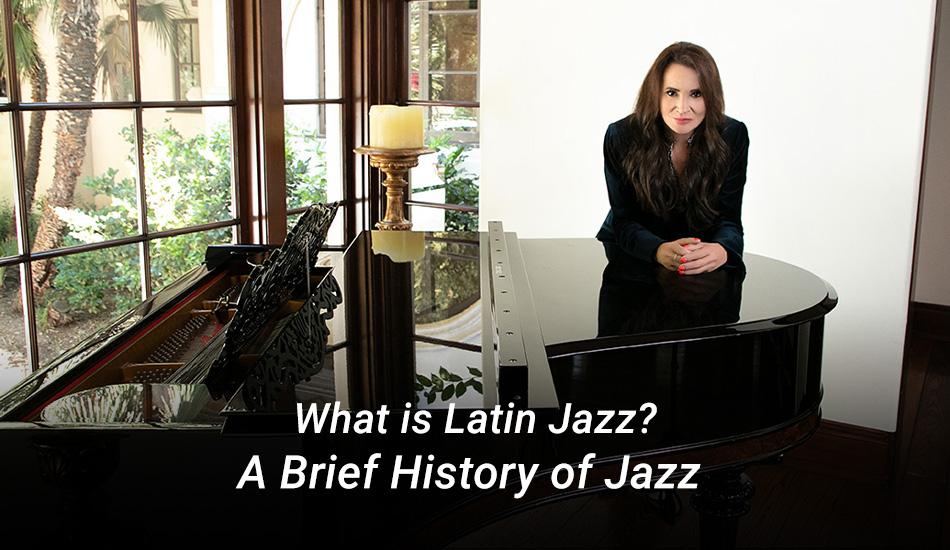Overview
There are many types of jazz, each with unique characteristics and a passionate audience. Latin jazz is a lively variant with a Spanish flair, which Jelly Roll Morton described as “Spanish jazz.” The history and sound of Latin jazz are as intriguing as those of other forms of jazz. Know more about Latin jazz by exploring its definition, influences, rhythms, and history.
What is Latin Jazz?
Latin jazz is a genre of music that blends elements of Cuban rhythms and percussion instruments with jazz, as well as the fusion of European and African elements. Latin jazz is one of the most lively and vibrant jazz genres. It combines jazz with elements of Cuban and Spanish Caribbean music.
What Influenced Latin Jazz?
As a general rule, Latin jazz music combines American jazz with Latin American and Caribbean rhythms. It was popular in New York City and New Orleans during the early 20th century. Throughout the world, Latin jazz has been influenced by dances such as son, mambo, rumba, and cumbia.
What Rhythm is Latin Jazz Based On?
The rhythm of Latin jazz is sometimes different, but certain rhythms are easily recognizable. Latin music is characterized by the clave rhythm, which can be divided into two main varieties: son clave and rumba clave. There are a variety of Latin dance styles, such as salsa, rumba, and cha-cha.
What’s the Difference Between Jazz and Latin Jazz?
Traditional American jazz differs from Latin jazz because Latin jazz is typically influenced by Cuban, Caribbean, or Latin American music. Latin jazz employs a straight rhythm instead of swung rhythm like American Jazz. Instead of a backbeat, Latin jazz uses a clave. Latin jazz pitches tend to be higher than those in more traditional jazz.
What are the Types of Latin Jazz?
Jazz as a whole has multiple Latin jazz subgenres. The rhythms of Cuban music are classified as clave-based and include cha-cha-cha, mambo, rumba, and songo, among others. Many pioneers and greatest jazz albums have contributed to the development of this genre.
What are the Main Instruments in Latin Jazz?
Latin America’s vibrant cultures and rhythmic music are well known worldwide. The Instruments include in Latin jazz those commonly found in traditional forms of American jazz, such as trumpets, saxophones, drum kits, basses, and similar classics. Various instruments are used in Latin jazz, such as bongos, congas, claves, and timbales.
The History of Latin Jazz
Here is a look at its origins, evolution, and who is considered its founder. Latin jazz is a fusion genre that emerged during the early 20th century as various cultures integrated into the United States. The journey began as large bands started using Afro-Cuban rhythms such as congas and rumbas in their music.
Final Words
There is a very big difference between Jazz and Latin Jazz music. Enjoying Latin Jazz traditions with Sylvia Brooks, one of the best female jazz vocalists today, is still possible. The tradition of different styles continues, with some current musicians blending Latin Jazz music with hip-hop grooves and modern electronic instruments, which will ensure the future of the music.




